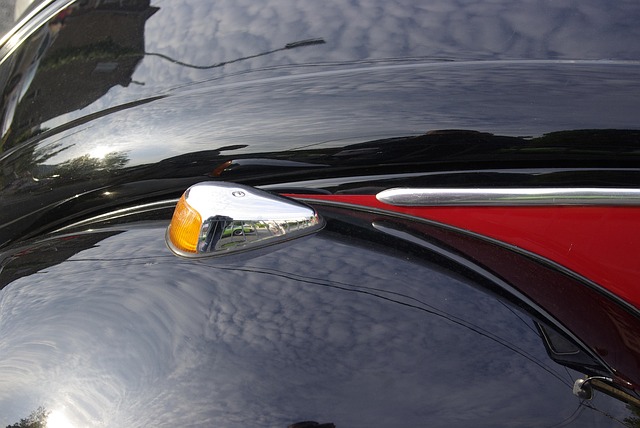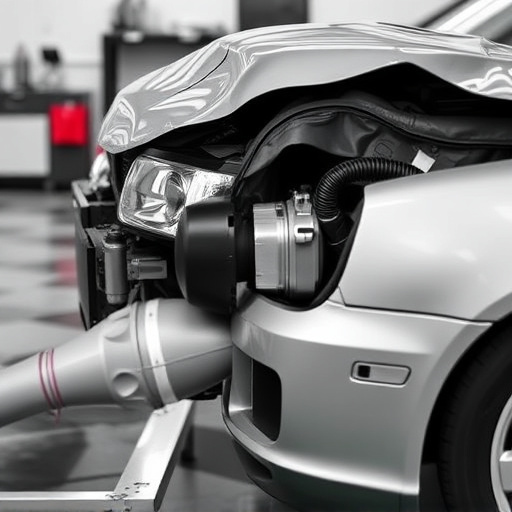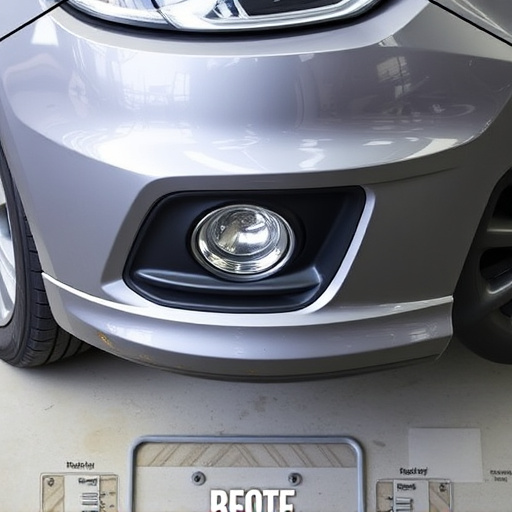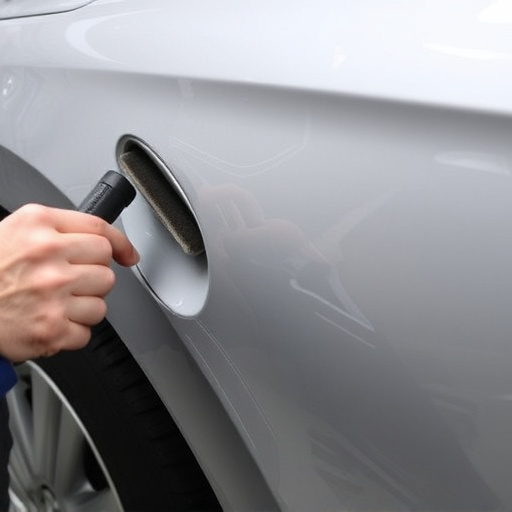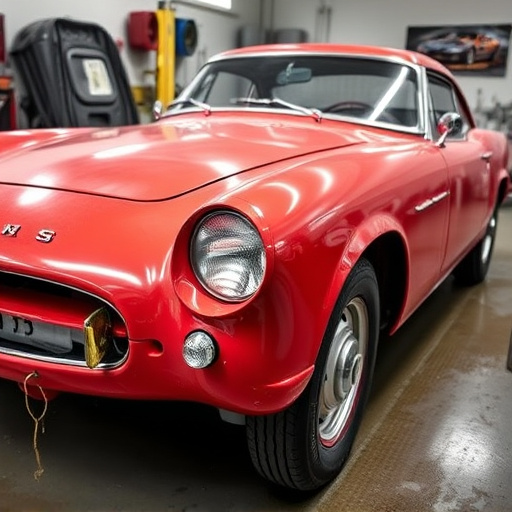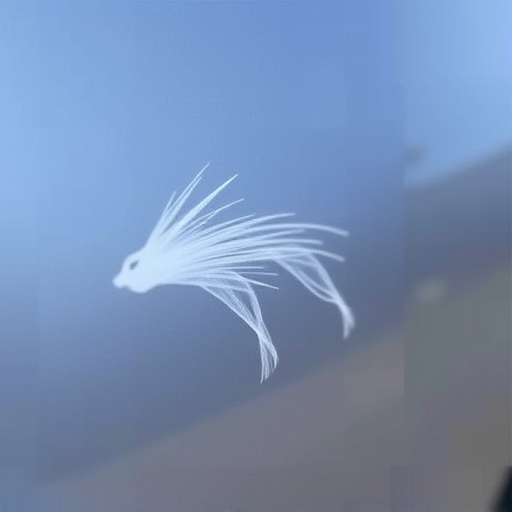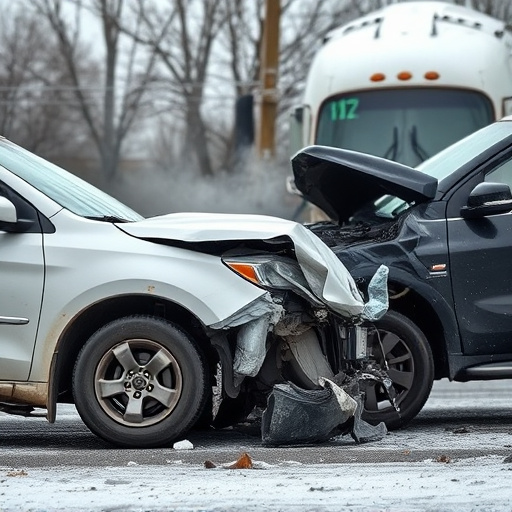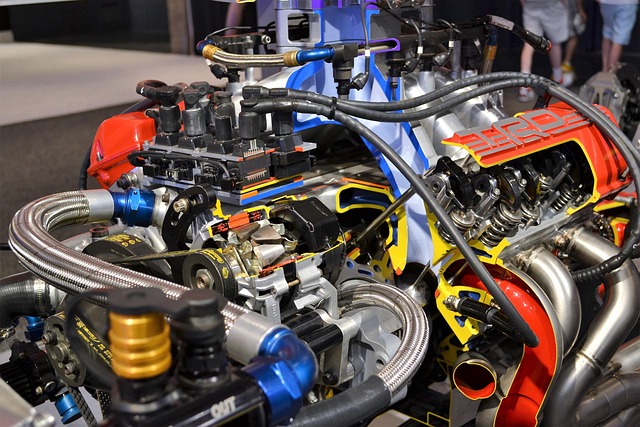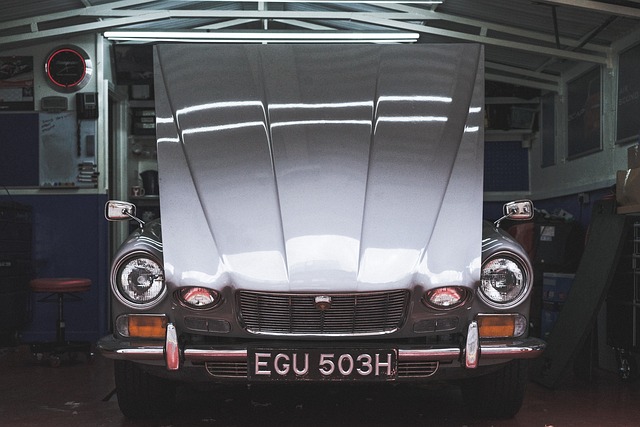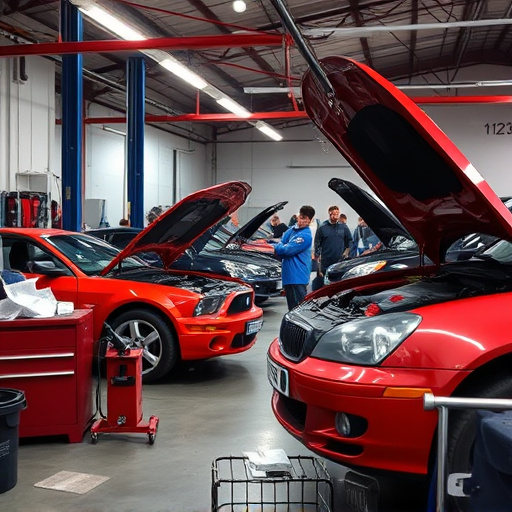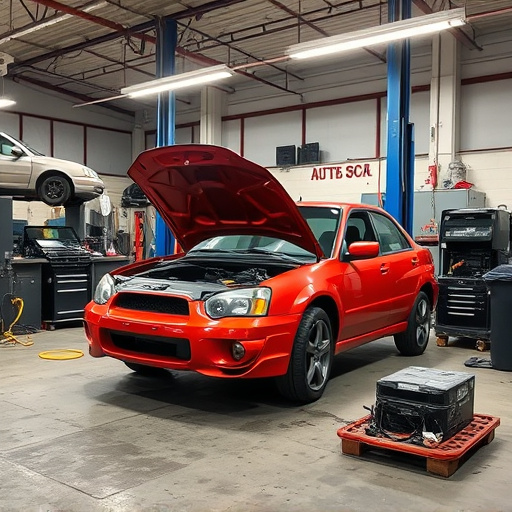The Mercedes Rollover Protection System (MRPS) is a cutting-edge safety feature that integrates with vehicle ECUs to detect and respond to potential rollover hazards in real time. By activating structural reinforcements like locked differentials and energy-absorbing zones within milliseconds, MRPS enhances vehicle stability during rollovers, reducing occupant injury risk. This system streamlines car damage repair by prioritizing both structural integrity and aesthetic considerations. Integrating MRPS with ECUs represents a major leap forward in automotive safety technology, with future developments potentially including predictive algorithms for proactive rollover anticipation. Collision centers will play a crucial role in maintaining and repairing these advanced safety features as they become industry standards.
Mercedes’ Rollover Protection System (MRPS) is a cutting-edge safety feature designed to prevent and mitigate rollovers, offering superior protection for drivers. This comprehensive system integrates seamlessly with the Vehicle’s Electric Control Unit (ECU), enhancing overall vehicle stability. By analyzing various sensor data, MRPS can detect imminent rollovers and activate countermeasures, such as deploying airbags and adjusting power distribution. This article explores the technical intricacies of this integration, its benefits, and the future prospects of Mercedes’ rollover safety innovations.
- Understanding Mercedes Rollover Protection System (MRPS): How It Works
- Integrating MRPS with Vehicle ECU Systems: Technical Insights
- Benefits and Future of Mercedes Rollover Safety Features
Understanding Mercedes Rollover Protection System (MRPS): How It Works

The Mercedes Rollover Protection System (MRPS) is a sophisticated safety feature designed to mitigate the risks associated with vehicle rollovers. It works seamlessly with the Vehicle ECU (Electronic Control Unit) systems, constantly monitoring and analyzing driving conditions in real-time. MRPS uses advanced sensors to detect potential rollover scenarios, such as loss of control or sharp cornering. Upon detection, it swiftly activates a network of structural reinforcements and safety mechanisms within milliseconds. These measures include locking differentials, anti-skid systems, and the deployment of energy-absorbing zones in the vehicle’s chassis and body panels.
This integrated system enhances the overall structural integrity of the vehicle during a rollover accident, reducing the risk of severe injuries to occupants. By quickly redistributing crash forces and limiting the vehicle’s rotational motion, MRPS helps to prevent or minimize the severity of rollovers. The effectiveness of this safety system lies in its ability to coordinate various components, ensuring that car damage repair and restoration can be more precise and efficient, with a focus on both structural integrity and cosmetic considerations like auto body painting.
Integrating MRPS with Vehicle ECU Systems: Technical Insights

The integration of the Mercedes Rollover Protection System (MRPS) with vehicle Electronic Control Unit (ECU) systems represents a significant advancement in automotive safety technology. This seamless connection allows for real-time data exchange, enabling the ECU to promptly respond to potential rollover scenarios. By analyzing sensor inputs and actuating corresponding safety mechanisms, MRPS enhances the overall crash protection of the vehicle. The system’s effectiveness lies in its ability to coordinate various components—from activating roll bars and tensioning seatbelts to controlling active stability control systems—all within milliseconds, significantly reducing the risk of severe injuries during a rollover event.
This technical fusion goes beyond mere communication; it fosters a collaborative effort between the MRPS and ECU, ensuring optimal performance in diverse driving conditions. The ECU’s advanced algorithms can predict and mitigate risks, while the MRPS provides physical safeguards. This holistic approach to safety not only improves the structural integrity of the vehicle during a collision but also paves the way for more efficient car collision repair processes, focusing on minimizing damage to non-structural components like bumpers, which are crucial for aesthetics and safety in auto collision repair.
Benefits and Future of Mercedes Rollover Safety Features

Mercedes has been a pioneer in implementing advanced safety features, and their rollover protection systems are no exception. The brand’s integrated approach to vehicle security involves seamlessly connecting the Rollover Protection System (RPS) with the Electronic Control Unit (ECU), offering several advantages. This synchronization ensures that during an accident, particularly a rollover, the RPS responds swiftly, deploying necessary airbags, energizing seatbelts, and even adjusting the vehicle’s height to minimize impact.
Looking ahead, Mercedes’ commitment to automotive safety is expected to evolve further, potentially integrating more advanced sensors and predictive algorithms. Such enhancements could enable the RPS to anticipate rollovers before they occur, providing an extra layer of protection. As technology advances, these safety features are set to become standard across various vehicle models, ensuring a safer driving experience for all, with collision centers playing a vital role in maintaining and repairing these sophisticated systems when needed.
The integration of the Mercedes Rollover Protection System (MRPS) with vehicle Electronic Control Unit (ECU) systems marks a significant advancement in automotive safety. This technical innovation not only enhances the effectiveness of MRPS but also allows for real-time data analysis and adaptive response, ensuring optimal passenger protection in the event of a rollover. As vehicle technology continues to evolve, the future of Mercedes rollover safety features looks promising, with ongoing developments promising even greater stability and resilience on the road.
